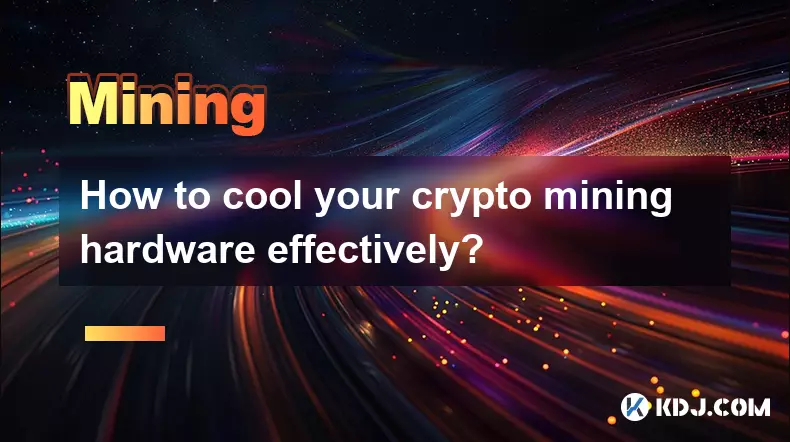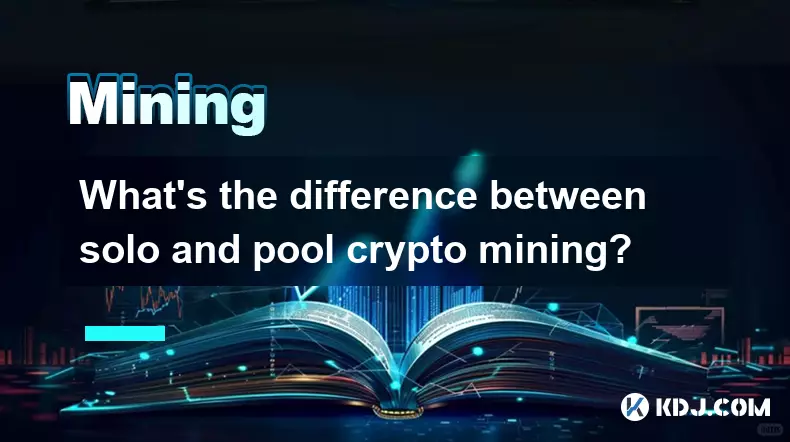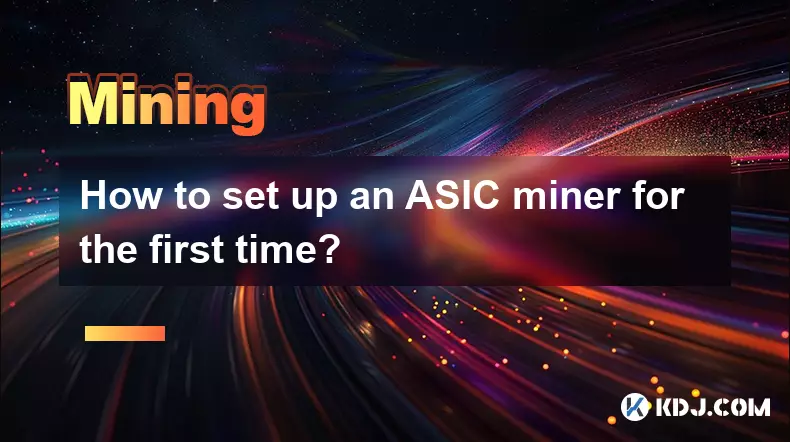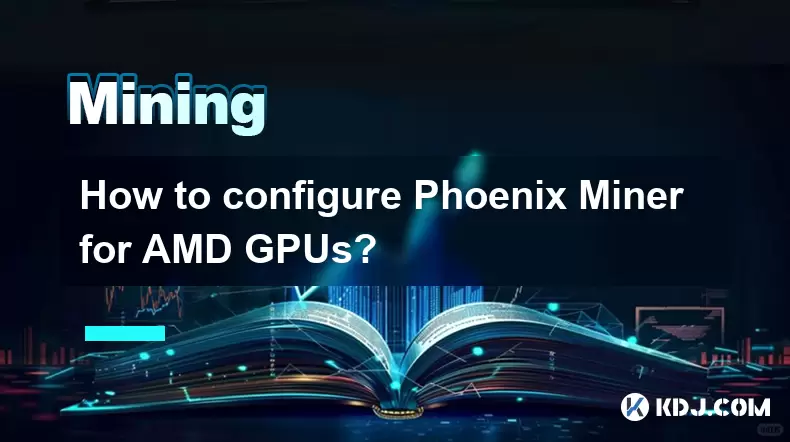-
 Bitcoin
Bitcoin $112400
0.86% -
 Ethereum
Ethereum $4509
-0.37% -
 XRP
XRP $2.968
-0.52% -
 Tether USDt
Tether USDt $0.9999
-0.02% -
 BNB
BNB $876.4
2.10% -
 Solana
Solana $214.3
4.69% -
 USDC
USDC $0.9998
-0.01% -
 Dogecoin
Dogecoin $0.2241
1.86% -
 TRON
TRON $0.3447
-0.45% -
 Cardano
Cardano $0.8586
0.25% -
 Chainlink
Chainlink $25.26
5.76% -
 Hyperliquid
Hyperliquid $45.95
-3.38% -
 Ethena USDe
Ethena USDe $1.001
-0.01% -
 Sui
Sui $3.491
0.92% -
 Stellar
Stellar $0.3830
0.57% -
 Cronos
Cronos $0.3333
27.15% -
 Bitcoin Cash
Bitcoin Cash $557.0
0.74% -
 Avalanche
Avalanche $24.75
0.77% -
 Hedera
Hedera $0.2406
0.46% -
 UNUS SED LEO
UNUS SED LEO $9.561
-0.08% -
 Litecoin
Litecoin $113.8
0.74% -
 Toncoin
Toncoin $3.187
1.26% -
 Shiba Inu
Shiba Inu $0.00001264
0.86% -
 Polkadot
Polkadot $3.995
3.37% -
 Uniswap
Uniswap $10.04
1.61% -
 Dai
Dai $0.9999
-0.01% -
 Bitget Token
Bitget Token $4.603
-0.87% -
 Monero
Monero $269.4
-1.07% -
 Aave
Aave $317.5
-1.55% -
 Ethena
Ethena $0.6731
10.25%
How to cool your crypto mining hardware effectively?
Optimize mining rig cooling with proper airflow, liquid cooling, and environmental control to maintain performance and extend hardware life.
Aug 29, 2025 at 07:56 am

Optimizing Airflow for Maximum Heat Dissipation
1. Positioning mining rigs in areas with unrestricted airflow is essential to prevent heat buildup. Ensure there is ample space around each unit—ideally at least 12 inches on all sides—to allow hot air to escape efficiently.
2. Use directional fans to create a consistent flow of cool air toward the intakes of the mining devices while simultaneously expelling hot air out of the room. Intake fans should be placed at the lower front of the setup, drawing in cooler air from outside.
3. Exhaust fans must be installed at higher points on the opposite side of the room, taking advantage of the natural rise of hot air. This setup establishes a one-way airflow that continuously replaces warm air with cooler ambient air.
4. Consider installing mesh panels or removing solid walls from mining racks to eliminate airflow resistance. Solid enclosures trap heat, whereas open-frame designs promote circulation and reduce thermal throttling.
5. Regularly clean filters and fan blades to maintain peak performance. Dust accumulation restricts airflow and insulates components, increasing operating temperatures over time.
Liquid Cooling Solutions for High-Density Setups
1. Immersion cooling involves submerging entire mining rigs in a non-conductive dielectric fluid. This method transfers heat directly from components to the liquid, which is then cooled via external radiators or chillers.
2. Custom water-cooling loops can be adapted for ASICs and GPUs by replacing stock heatsinks with water blocks. These systems require pumps, tubing, and radiators but offer precise temperature control and significantly lower noise levels.
3. Dielectric fluids such as 3M Novec or mineral oil are commonly used due to their electrical insulation properties and high thermal capacity. They absorb heat without posing a risk of short circuits.
4. Coolant temperature must be monitored closely. Even in liquid-cooled environments, excessively warm fluid reduces heat transfer efficiency. Use thermostatically controlled pumps and external cooling units to regulate fluid temperature.
5. Implement temperature sensors on critical components to receive real-time feedback and adjust cooling dynamically. This prevents localized overheating that might not be evident from ambient readings.
Environmental Control and Room Management
1. Maintain ambient room temperature below 25°C (77°F) to maximize cooling efficiency. Higher room temperatures reduce the thermal gradient between hardware and surroundings, slowing heat dissipation.
2. Use dehumidifiers to keep relative humidity between 40% and 60%. Excessive moisture can lead to condensation in cooled environments, while overly dry air increases static discharge risks.
3. Insulate the mining room to minimize external heat intrusion, especially in warmer climates. Thermal insulation helps maintain stable internal conditions and reduces cooling load.
4. Install industrial-grade air conditioning units designed for continuous operation. Standard home AC systems may fail under the sustained thermal load generated by mining farms.
5. Schedule mining intensity based on ambient conditions. Reducing hash rates during peak daytime temperatures can prevent thermal throttling and extend hardware lifespan.
Frequently Asked Questions
Can I use regular fans instead of industrial ones for cooling my mining rig?Yes, but with limitations. Regular household fans lack the static pressure and durability needed for sustained mining operations. Industrial fans offer higher CFM ratings and are built for 24/7 usage, making them more reliable for long-term cooling.
Is it safe to place mining equipment in a basement?Basements can be suitable if proper ventilation and moisture control are in place. Many basements have naturally cooler temperatures, but poor airflow and humidity buildup can damage electronics. Use exhaust systems and dehumidifiers to mitigate these risks.
How often should I inspect my cooling system?Weekly visual checks are recommended. Look for dust accumulation, fan malfunctions, or unusual noise. Monthly maintenance should include cleaning filters, checking fluid levels in liquid systems, and verifying sensor accuracy.
Do overclocked mining rigs require special cooling?Overclocking increases power consumption and heat output significantly. Enhanced cooling—such as upgraded airflows, liquid cooling, or reduced ambient temperatures—is necessary to maintain stability and prevent premature hardware degradation.
Disclaimer:info@kdj.com
The information provided is not trading advice. kdj.com does not assume any responsibility for any investments made based on the information provided in this article. Cryptocurrencies are highly volatile and it is highly recommended that you invest with caution after thorough research!
If you believe that the content used on this website infringes your copyright, please contact us immediately (info@kdj.com) and we will delete it promptly.
- Bitcoin Price Prediction: Institutional Wave Meets Reality Check, Says Research Firm
- 2025-08-29 15:30:16
- US ETFs, Bitcoin, and Spot Trading: A New Era?
- 2025-08-29 15:05:13
- Ethereum, X Layer, and OKX's Big Bet: What's the Buzz?
- 2025-08-29 15:30:16
- Ethereum: Wall Street's Token of Choice?
- 2025-08-29 12:45:13
- Cryptos with Massive Upside: Top Buys to Watch Now
- 2025-08-29 13:05:15
- BlockDAG's Presale Momentum: Is a 36x ROI Realistic?
- 2025-08-29 13:25:14
Related knowledge

How to calculate the profitability of your crypto mining setup?
Aug 29,2025 at 10:15am
Understanding the Core Components of Mining Profitability1. The first step in evaluating mining profitability involves identifying the hash rate of yo...

How to cool your crypto mining hardware effectively?
Aug 29,2025 at 07:56am
Optimizing Airflow for Maximum Heat Dissipation1. Positioning mining rigs in areas with unrestricted airflow is essential to prevent heat buildup. Ens...

What are the essential components for a DIY crypto mining rig?
Aug 29,2025 at 08:14am
Core Hardware Requirements for Building a Mining Rig1. A powerful graphics processing unit (GPU) is the heart of any DIY mining setup. Models like the...

What's the difference between solo and pool crypto mining?
Aug 29,2025 at 02:14am
Solo Mining: Independence and Full Control1. Solo mining refers to the process where an individual miner uses their own computational resources to sol...

How to set up an ASIC miner for the first time?
Aug 29,2025 at 05:56am
Unboxing and Initial Setup1. Carefully open the ASIC miner package and verify all components are present, including the power supply unit (PSU), power...

How to configure Phoenix Miner for AMD GPUs?
Aug 11,2025 at 03:21am
Understanding Phoenix Miner and Its Compatibility with AMD GPUsPhoenix Miner is a lightweight, high-performance Ethereum mining software designed for ...

How to calculate the profitability of your crypto mining setup?
Aug 29,2025 at 10:15am
Understanding the Core Components of Mining Profitability1. The first step in evaluating mining profitability involves identifying the hash rate of yo...

How to cool your crypto mining hardware effectively?
Aug 29,2025 at 07:56am
Optimizing Airflow for Maximum Heat Dissipation1. Positioning mining rigs in areas with unrestricted airflow is essential to prevent heat buildup. Ens...

What are the essential components for a DIY crypto mining rig?
Aug 29,2025 at 08:14am
Core Hardware Requirements for Building a Mining Rig1. A powerful graphics processing unit (GPU) is the heart of any DIY mining setup. Models like the...

What's the difference between solo and pool crypto mining?
Aug 29,2025 at 02:14am
Solo Mining: Independence and Full Control1. Solo mining refers to the process where an individual miner uses their own computational resources to sol...

How to set up an ASIC miner for the first time?
Aug 29,2025 at 05:56am
Unboxing and Initial Setup1. Carefully open the ASIC miner package and verify all components are present, including the power supply unit (PSU), power...

How to configure Phoenix Miner for AMD GPUs?
Aug 11,2025 at 03:21am
Understanding Phoenix Miner and Its Compatibility with AMD GPUsPhoenix Miner is a lightweight, high-performance Ethereum mining software designed for ...
See all articles

























































































